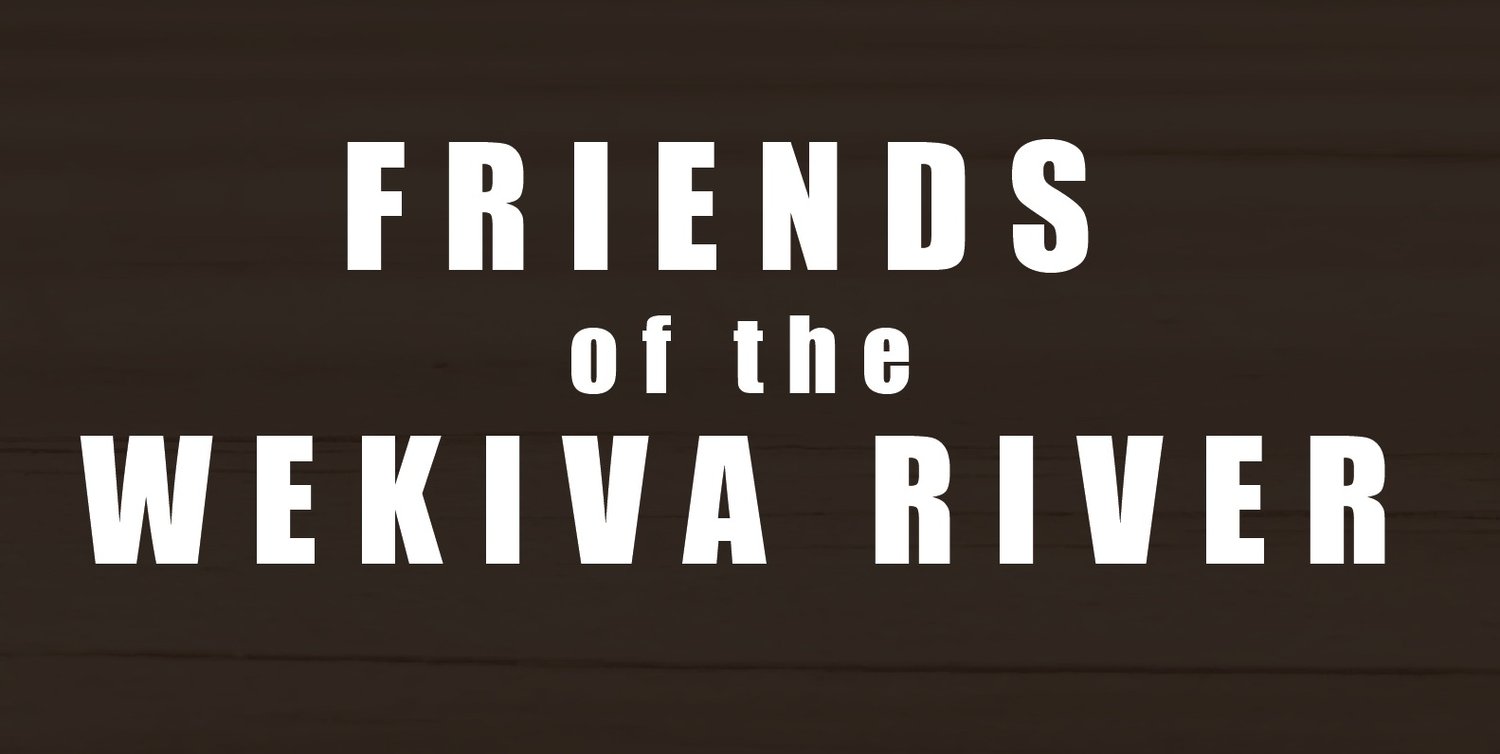We Need Your Help Protecting the Wekiva River and its Springs
Can you imagine going to Wekiwa Springs and the water level being too shallow to swim? Or going to Rock Springs and very little flow coming from out of the side of the hill? Or seeing Palm or Starbuck Springs with no water coming from the springs?
Sadly, these things could happen in the next 20 years, especially if we have a prolonged drought. They all could happen because we are pumping groundwater out of the Floridan Aquifer faster than it can be recharged by rainfall. As of 2020, the water management districts in central Florida had issued permits for pumping 40 percent more groundwater than the aquifer could safely sustain. And in late 2023, the St. Johns River Water Management District (SJRWMD) determined that Wekiwa and Rock Springs, and the Wekiva River do not have enough water to protect the aquatic ecosystems supported by the springs and river. The reduced flows will decrease the food supply and habitat for fish and wildlife in the river and impact the wetlands adjacent to the river, potentially causing long-term damage to the river ecosystem.
This is happening despite the fact that the Wekiva River, a national Wild & Scenic River and an Aquatic Preserve, is one of the most protected water bodies in the state. And Wekiwa and Rock Springs, which contribute most of the flow in the upper Wekiva River, are two of the state-designated Outstanding Florida Springs.
The SJRWMD is preparing a Recovery Plan to determine how to restore the flows in the springs and river. The plan will not be available until 2027. Unfortunately, state law allows up to 20 years for the springs and river to recover. Meanwhile, the SJRWMD is still issuing permits to withdraw more groundwater from the aquifer! So there is a very real possibility that the flows in Wekiwa and Rock Springs, and the Wekiva River may not be able to sustain the desired aquatic ecosystem and the adjacent wetlands during the next 20 years or maybe more!
The quickest (and least expensive) way to restore the flows in the springs and river is to reduce groundwater pumping by conserving water. About 50 to 70 percent of the groundwater that is treated and supplied to central Florida residents for drinking water is used to irrigate lawns and landscaping. Reducing landscape irrigation is the best way Florida residents can help reduce groundwater pumping. Ways to reduce landscape irrigation include converting lawns to Florida-Friendly Landscaping, using rain sensors and/or soil moisture meters to determine when watering is necessary, and irrigating before 10 AM or after 4 PM.
The SJRWMD recommends many others tips to reduce water use, including:
Installing low-flow shower heads, faucets, and toilets
Installing instant-on or on-demand water heaters in kitchens
Upgrading dishwashers and clothes washers with EnergyStar® models
For more tips, visit https://www.sjrwmd.com/water-conservation/savingwater


